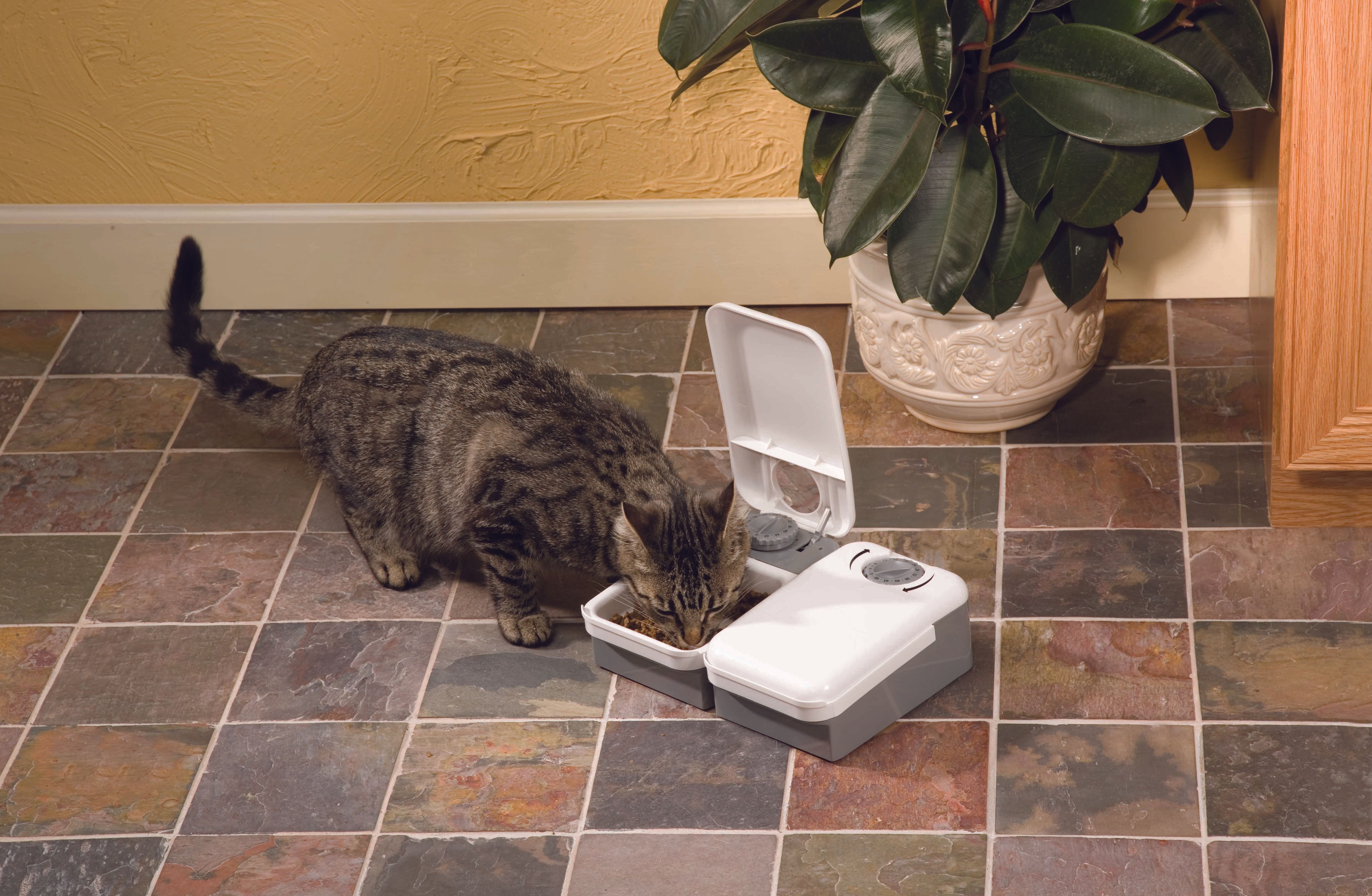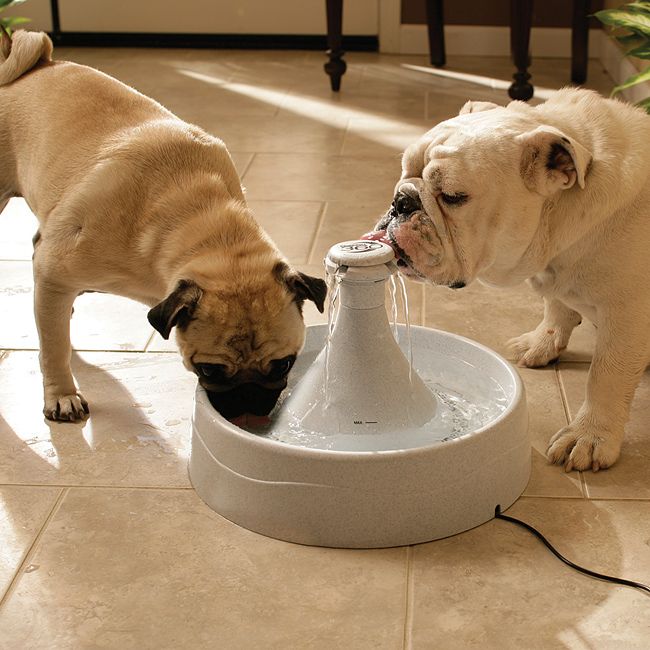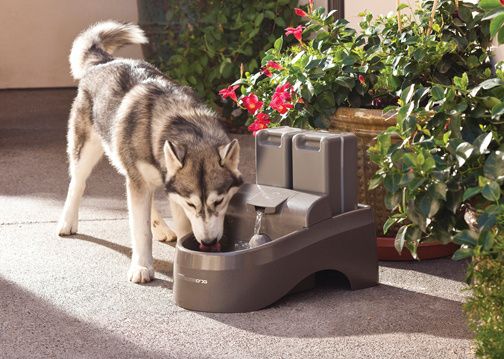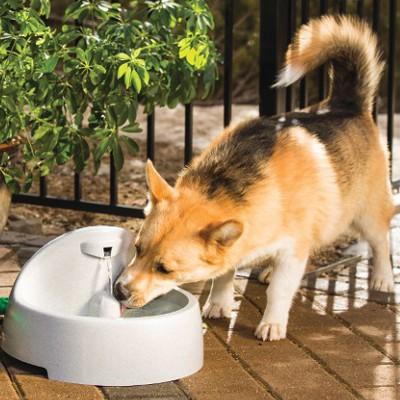Health Problems Caused by Certain Bowls
 Common bowl materials include ceramic, stainless steel, and plastic. Some pets respond favorably to any materials. Other pets develop health issues related to the type of bowls they eat or drink from.
Common bowl materials include ceramic, stainless steel, and plastic. Some pets respond favorably to any materials. Other pets develop health issues related to the type of bowls they eat or drink from.
Check for changes in your pet's skin on and around the nose, muzzle, and face. Some dogs with darkly pigmented noses can lose some of the black, brown, or other coloration when exposed to plastic or ceramic bowls.
Some cats develop feline acne or skin irritation on the underside of their jaw due to inflammation caused by their food bowls. Feline acne develops because of bacteria already living on the surface of inflamed skin or from the environment.
Stainless steel is a better choice for dogs prone to pigment changes and cats with chin acne, as it doesn't cause an immunologic reaction. Stainless steel is even used for surgical implants designed to not prompt bodily rejection.
Stainless steel or ceramic bowls are less prone to surface damage and unlikely to allow for the collection of food debris and foster the growth of harmful bacteria. Plastic is softer and develops grooves and other irregularities where food collects and bacteria can flourish.
One way to reduce the bacteria is to wash the bowl in the dishwasher every night. Start the day with a clean bowl for your pet's breakfast.
 Bowl Diameter & Depth for Short-Nosed Breeds
Bowl Diameter & Depth for Short-Nosed Breeds
Dogs with standard or long noses are able to put their long muzzles into a deeper bowl to eat food or drink water better than their short-nosed brachycephalic counterparts. Collies, Greyhounds, Labradors, and their mixed breed versions are generally better able to slurp water or grasp food from a narrow-brimmed bowl that has a few inches of depth. However, just because these long-muzzled dogs are able to do so doesn't mean the bowl you choose should be deep and narrow.
Brachycephlic dogs typically find narrow and deep bowls more challenging, as they must insert their entire face into the food or water. A wider and shallower bowl will better suit the needs of a Pug, French Bulldog, Boston Terrier, or short-headed mix.
 Bowl Height Concerns for Older Dogs
Bowl Height Concerns for Older Dogs
My general suggestion is for a dog or cat's bowl to be raised to a level above the wrist and below the elbow. At this height less stress is put on the muscles, ligaments, tendons, vertebrae, and intervertebral discs of the neck, as the head remains at a normal anatomic level instead of having to stretch to the ground to lap water or grasp food and then lift back up to swallow.
There is an association between eating from a height above ground level and the development of gastric dilatation volvulus (GDV or bloat) in dogs prone to the condition. GDV-prone dogs commonly are adult to senior, medium-to giant sized, have a deep chest with narrow waist, quickly gulp their food with minimal chewing, and eat dry food diets, so there's no single factor correlating with the development of the condition.
My clinical impression is that there is not a strong correlation between elevated bowl height and GDV, so I'd rather spare the day-to-day strain on my canine patients' necks associated with eating and drinking from ground level. Any dog prone to GDV or other digestive issues should be made to eat slowly, consume multiple small meals per day instead of one large meal, and be served a diet of fresh, moist, whole foods instead of kibble.
Has your pet suffered from any health problems associated with his eating dish? Share your story with us!








